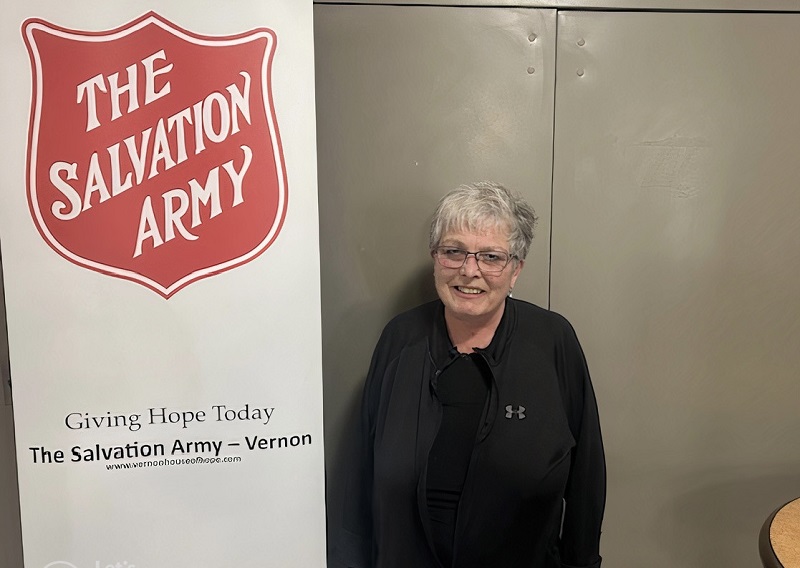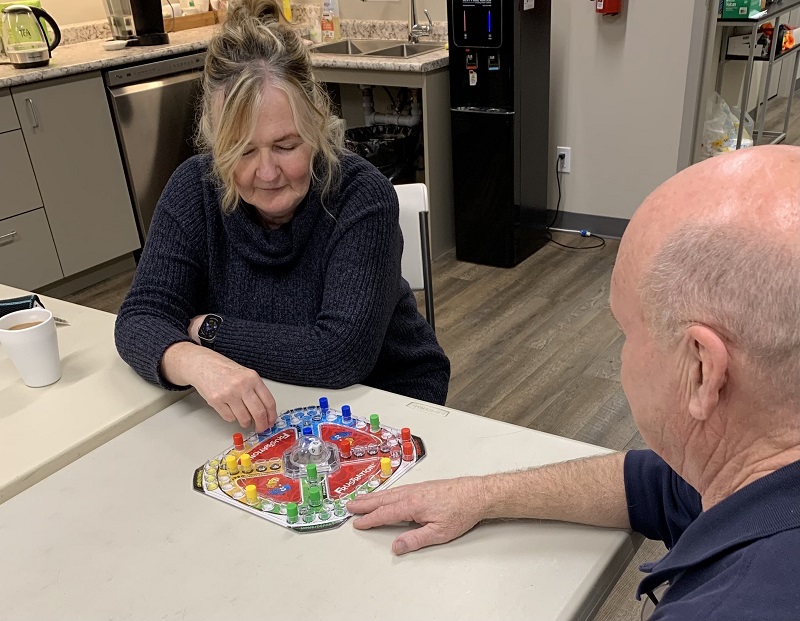Salvation Army Aims to Improve Nutrition

Proper nutrition is vital to human life, but some people are unable to meet this need because of financial obstacles—even in developed nations like Canada.
According to the 2013 Food Banks Canada HungerCount report, 43 percent of single-person households, 25 percent of single-parent family households, and 22 percent of two-parent family households rely on food banks as their source of nutrition.
The Salvation Army in Canada recognizes this issue, and has established programs other than food banks to help community members get the food and information they need to adopt a healthier lifestyle.
These are a few of its efforts to combat hunger and malnutrition for a healthier nation.
Haven of Hope Ministries School Lunch
When The Salvation Army Haven of Hope Ministries received a donation targeted toward child hunger, it contacted local schools and in March 2012 began the Haven of Hope school lunch program to feed 55 children at Coronation Park Community School in Regina, Sask.
The school pitched in for 15 meals, allowing the program to offer 70 lunches.
Haven of Hope implemented the same program at Thomson Community School, serving lunch to students five days a week.
“Students who are not hungry can learn more than those students who are hungry,” said Ken Meredith, Thomson Community School principal.
The program continues to provide lunches at community areas, like pools and youth programs, during the summer.
Healthy Families Breakfast and Exercise
To improve nutrition for children outside of school environments, The Salvation Army in Shawinigan, Que., created the Healthy Families program in February. Two Saturdays a month it provides children—ages 5 to 12—a nutritious breakfast and promotes exercise.
“Low-income families with financial problems have difficulty in affording nutritious food,” said Captain Mélissa Tardif, who oversees the program. “We want to provide kids with a healthy breakfast and encourage them to exercise.”
Aside from breakfast, Healthy Families also hosts nutrition workshops for the children, teaching them good eating habits and healthy recipes to try at home. Sometimes they even cook the food themselves.
Sally Ann’s Healthy Eating Kitchen
The Salvation Army in Vancouver is taking a different approach to promoting nutrition, targeting low-income individuals—primarily single mothers—with Sally Ann’s Healthy Eating Kitchen.
Established in October 2013, the program includes cooking and educational components that give participants knowledge and experience in nutrition, budgeting, food safety and meal planning.
Due to the positive response and participants wanting to extend their involvement, the Army created Friends of Sally Ann’s Kitchen for graduates with workshops, recipes and food swaps. Chow said the Army also acquired a plot at a community garden for participants to grow their own food for use at home.
Dinner Bell
The Salvation Army Ocean Crest Ministries in Campbell River, B.C., joined forces with the Health Authority and Campbell River Mental Health and Addictions Services to create the Dinner Bell program in 2013.
Led by Chef Connie Preston, Dinner Bell program coordinator, the program provides vocational training and rehabilitation as well as low-cost nutritional meals to people with mental health or addictions.
“Some of the graduates from the Vocational and Rehabilitation Training program have begun to compile resumés and are motivated to look for jobs in the food industry,” Preston said. “Others have developed the confidence to create nutritional, interesting food in their own home kitchens.”
By Vivian Gatica – courtesy of New Frontier



